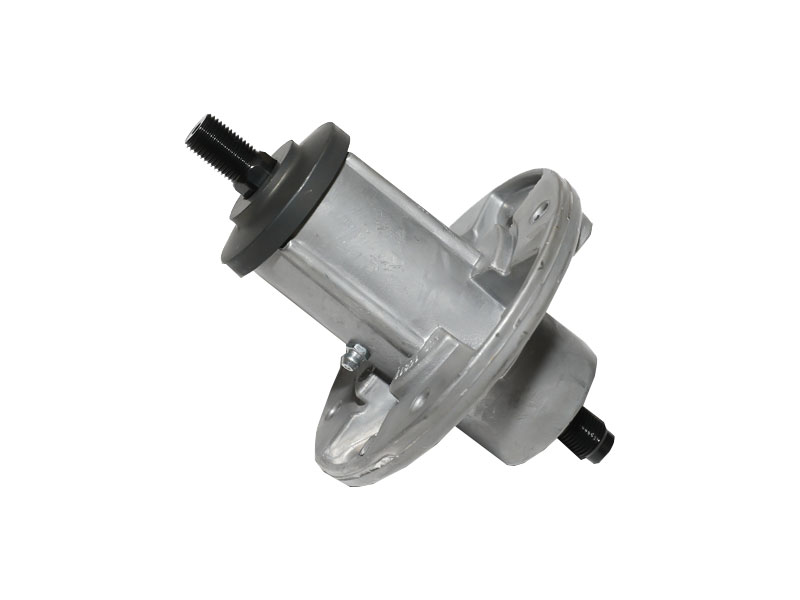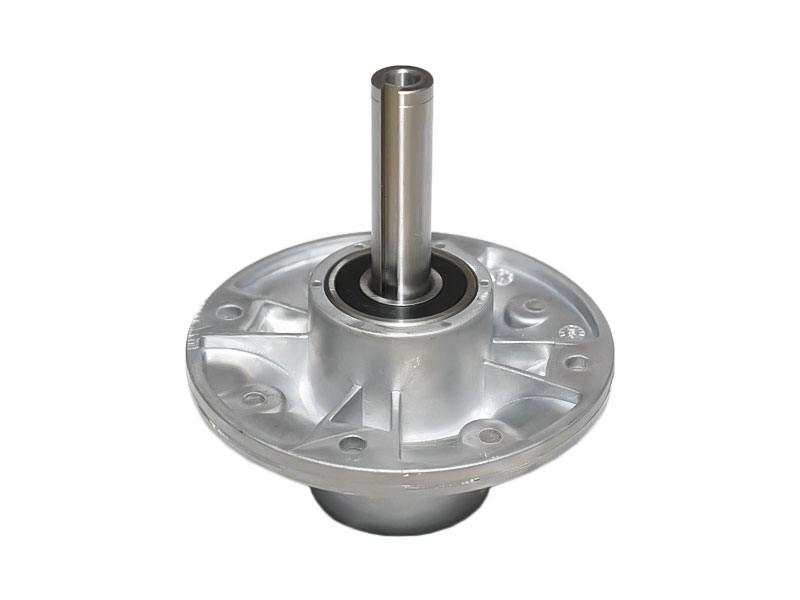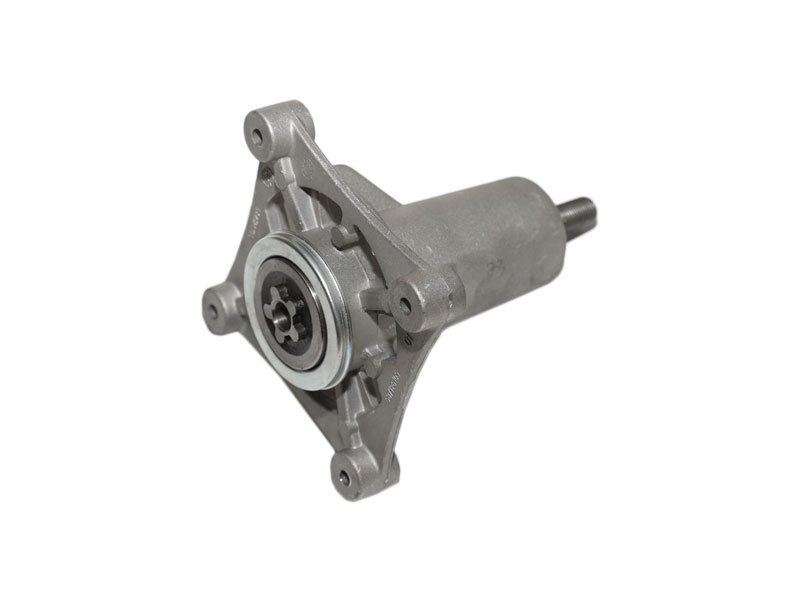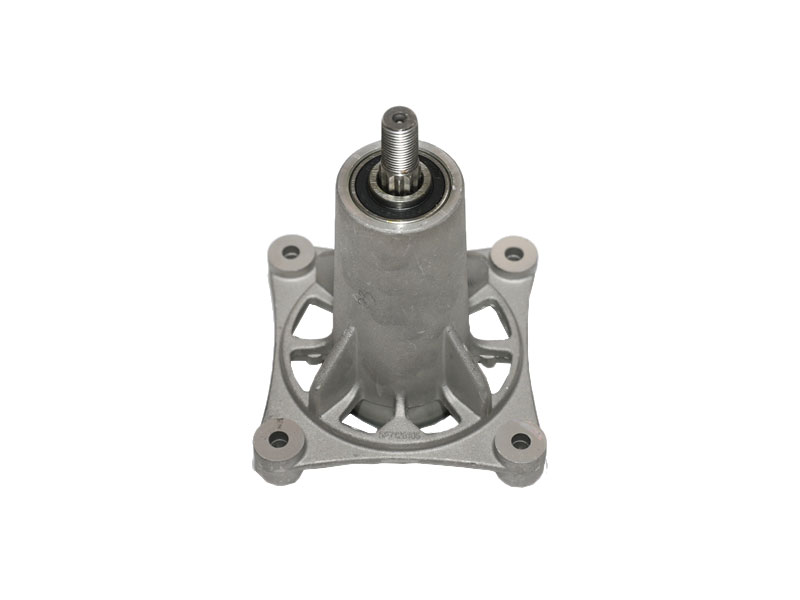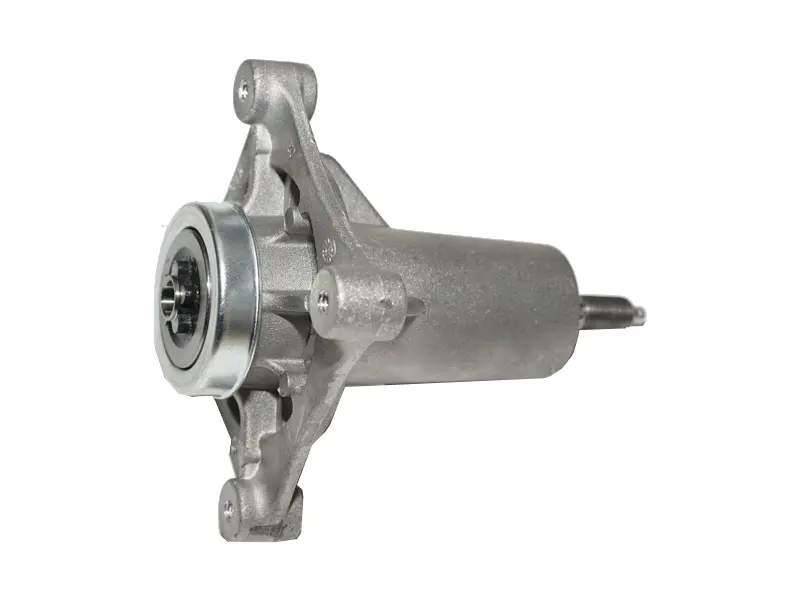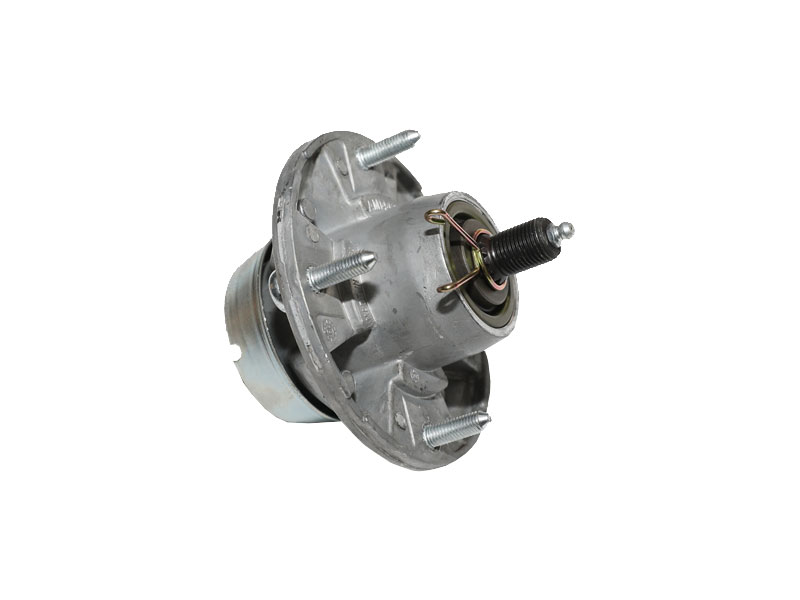In modern industrial production, heavy-duty drag chains play an indispensable role as a key connecting component. Its main function is to provide protection and support for various cables, pipelines, air pipes, etc., to ensure that they can operate safely and stably when moving mechanical parts or equipment. In order to cope with complex and changeable working environments, heavy-duty drag chains are usually made of high-strength, wear-resistant materials, such as steel, aluminum and engineering plastics. These materials themselves have good durability.
Steel is one of the common materials used in the production of heavy-duty drag chains. Steel has excellent mechanical properties and corrosion resistance, and can withstand large tensile and pressure forces. In heavy-duty drag chain applications, the strength and durability of steel allow the drag chain to maintain good working condition even when bearing heavy loads and frequent friction. In addition, the plasticity and processability of steel also enable it to be customized into drag chains of different shapes and sizes as needed to meet the needs of different working environments.
Aluminum is another material widely used in heavy-duty energy chains. Compared with steel, aluminum has lighter weight and better thermal conductivity, which makes aluminum drag chains more advantageous in applications that require reducing equipment weight and improving heat dissipation performance. At the same time, aluminum also has good corrosion resistance and can maintain a long service life in humid or dusty environments.
In addition to metal materials, engineering plastics are also one of the commonly used materials in the production of heavy-duty drag chains. Engineering plastics have excellent wear resistance, impact resistance and chemical stability, and can maintain stable performance in harsh working environments. In addition, engineering plastics also have lower density and good processing properties, giving plastic drag chains obvious advantages in terms of lightweight and cost control.
In general working environments, these high-strength, wear-resistant materials allow heavy-duty drag chains to withstand frequent movement and friction without being easily damaged. Whether it is mechanical equipment on a production line or industrial automation equipment, heavy-duty drag chains can provide reliable protection for cables and pipelines, ensuring that they can transmit signals and energy stably.
Heavy-duty drag chains are also designed with durability requirements in mind. The drag chain adopts a multi-piece structure internally. Through reasonable structural design and connection methods, the overall strength and stability of the drag chain are improved. At the same time, the outer surface of the drag chain is usually specially treated to improve its wear resistance and corrosion resistance, further extending the service life of the drag chain.
Heavy-duty drag chains are made of high-strength, wear-resistant materials such as steel, aluminum and engineering plastics, which inherently have good durability. This allows the heavy-duty drag chain to withstand frequent movement and friction in general working environments without being easily damaged. With the continuous development of industrial technology, the materials and manufacturing processes of heavy-duty drag chains will continue to be upgraded and improved to provide more efficient and reliable support for industrial production.
- E-mail us: [email protected]
- Fax: +86-0571-86156896
Our Contacts
-
 Address:Gaodi Industrial Park, No.599 Donghu South Road, Nanyuan Street, Yuhang District, Hangzhou, Zhejiang, China
Address:Gaodi Industrial Park, No.599 Donghu South Road, Nanyuan Street, Yuhang District, Hangzhou, Zhejiang, China -
 Phone Numbers:+86-0571-86208501
Phone Numbers:+86-0571-86208501
+86-0571-86156133 -

Web Menu
Product Search
Exit Menu
Durability of heavy-duty drag chains and their material selection
Related Products

Hangzhou Shengda Bearing Co., Ltd. is a Sino-US cooperative enterprise engaged in machinery manufacturing and processing.
Contact
 Add: Gaodi Industrial Park, No.599 Donghu South Road, Nanyuan Street, Yuhang District, Hangzhou, Zhejiang, China
Add: Gaodi Industrial Park, No.599 Donghu South Road, Nanyuan Street, Yuhang District, Hangzhou, Zhejiang, China E-mail: [email protected] / [email protected]
E-mail: [email protected] / [email protected] Tel: +86-0571-86208501 / +86-0571-86156133
Tel: +86-0571-86208501 / +86-0571-86156133 Fax: +86-0571-86156896
Fax: +86-0571-86156896
Mobile Site
Copyright 2024 © Hangzhou Shengda Bearing Co., Ltd. All Rights Reserved.
Lawn Mower, Auto Motorcycle Chassis Fittings Punching Presses Products Suppliers

 English
English 中文简体
中文简体 Español
Español svenska
svenska
